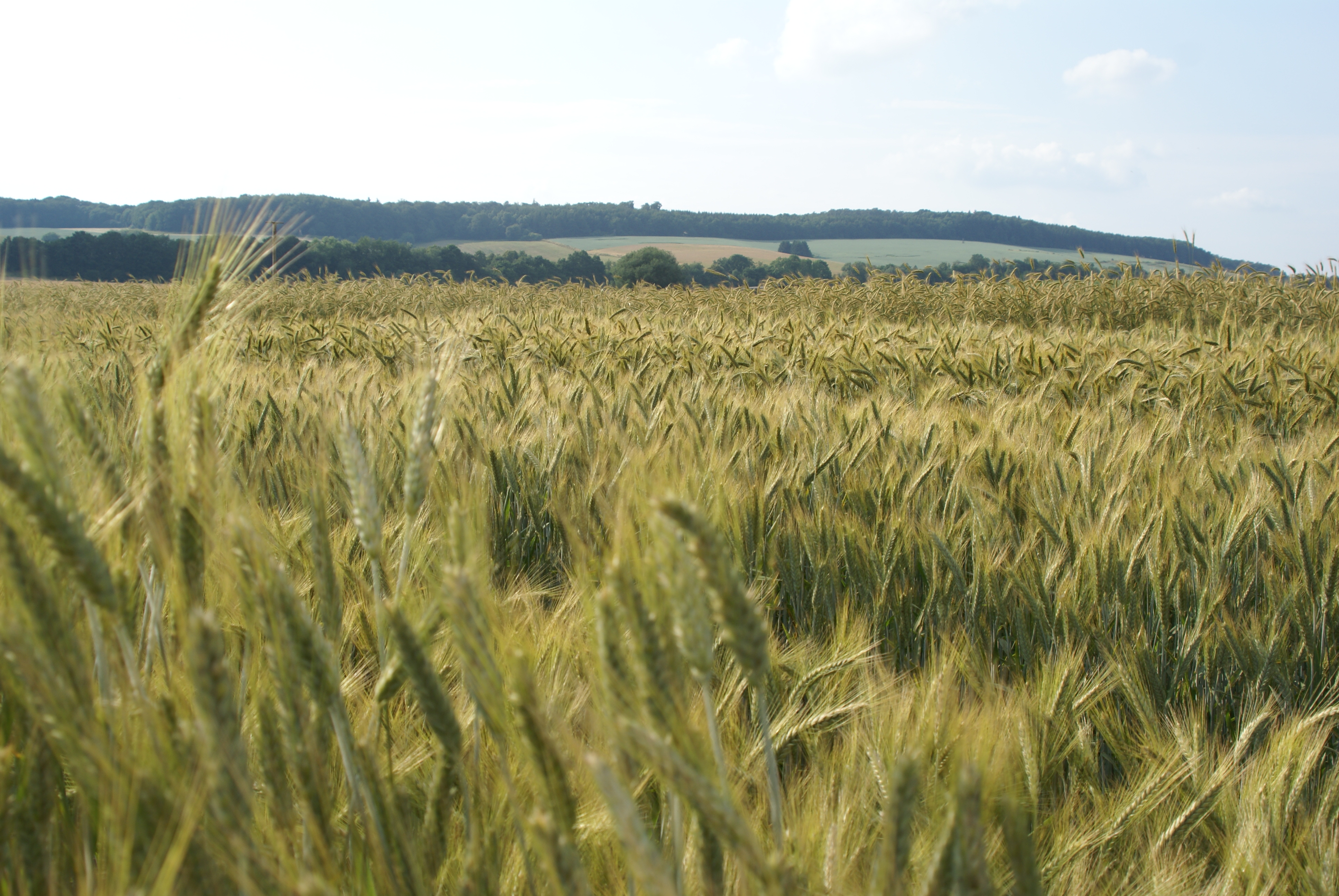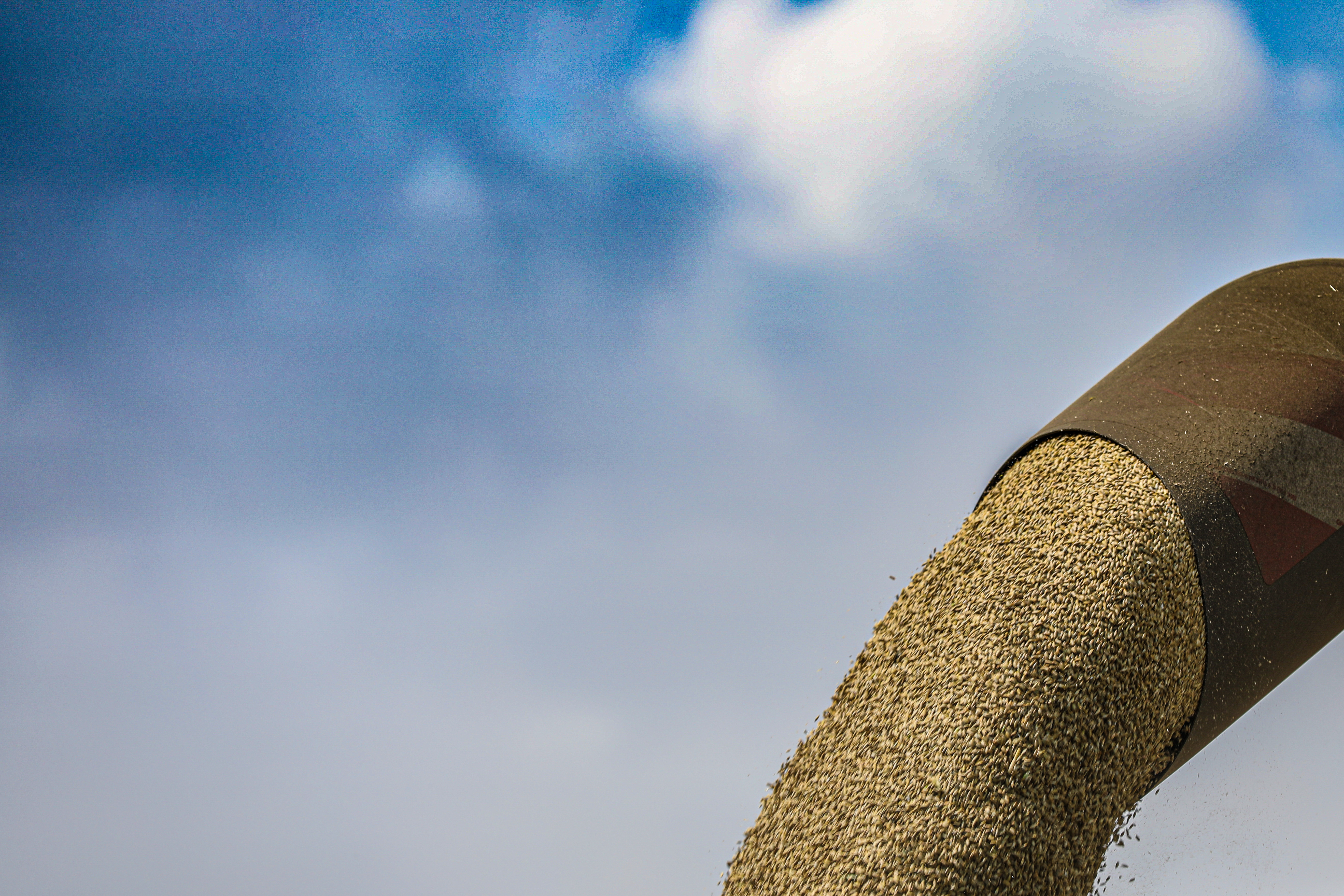Why KWS hybrid rye deserves a place in all UK arable rotations
Add in a growing range of marketing options plus new research showing hybrid rye to have significant benefits in livestock rations and you can see why hybrid rye presents such a compelling case for growers, he says.
"Hybrid rye has got pretty much everything going for it at the moment and our highest yielding variety KWS Tayo takes virtually all the benefits several steps forward."
"It's a new generation PollenPlus hybrid with excellent stem stiffness, suitable for feed, flour and distilling plus it's got a superb harvest index in terms of grains per ear which really drives yield."
"We've known for some time that fertiliser requirements with rye can be roughly half that of a second wheat with savings of 100kg N/ha being achievable, but indications are KWS Tayo can also take this even lower."
"Furthermore, it delivers optimum yields without diluting the protein content which is a real bonus."
KWS Tayo at a glance
- Type: 100% F1 hybrid
- Grain yield: 11-13t/ha
- Protein content: 8 – 10%
- Suitability: AD, grain (feed/flour), distilling
- Drought tolerance: High
- Harvest index (grains/ear): Very high
- Lodging: 1 (very low risk)
- Straw length: 110 – 132cm
- Mildew resistance: High
- Brown rust resistance: High
Hybrid rye benefits
- Reduced nitrogen input: Typically requires 100-140kg/ha less nitrogen than a second wheat
- Low carbon footprint: The lowest carbon footprint of all cereals, typically saving 80kg of CO2 per tonne of grain compared with wheat
- Drought tolerant: Requires a third less water than wheat or barley making it ideally suited to drier soils and low rainfall areas
- Low inputs: Requires less agrochemical inputs than wheat or barley plus has lower key nutrient needs
- Better weed control: Aggressive growth habit helps reduce blackgrass populations
- Valuable addition to rotations: Ideal second cereal with a long drilling window from mid-September through to early November
- PollenPlus technology: Delivers significant reductions in ergot infection.
In terms of marketing opportunities for hybrid rye, demand is being driven by greater use in pig finishing rations as well as increases in UK rye whisky production and from the food industry.
It also has a vital role as an energy source for AD, Dominic Spurrier adds.
“The recent developments in rye breeding have opened up a whole new world of opportunities for producers by combining considerable benefits from agronomic and economic perspectives as well as providing reliable demand from growing markets.
“All in all, hybrid rye fits well with current demands to move to more sustainable production systems requiring less inputs whilst also being able to cope better in terms of the greater variability in climate and growing conditions likely to be experienced in the future.
“There are very few reasons not to give hybrid rye a go and if you really want to see what it can really deliver, choosing KWS Tayo is a great starting point.”
Hybrid rye in UK trials
- Nitrogen requirement: KWS Tayo has delivered 11t/ha yields with N applications as low as 80kg N/ha
- Inclusion in pig rations: Hybrid rye can be used in pig rations at up to 60% inclusion rates with benefits to liveweight gain, animal behaviour and production costs
- Poultry feeds: Rye has been shown to produce lower cost rations with no detriment to egg weight, shell strength or yolk pigment
Your consultants


